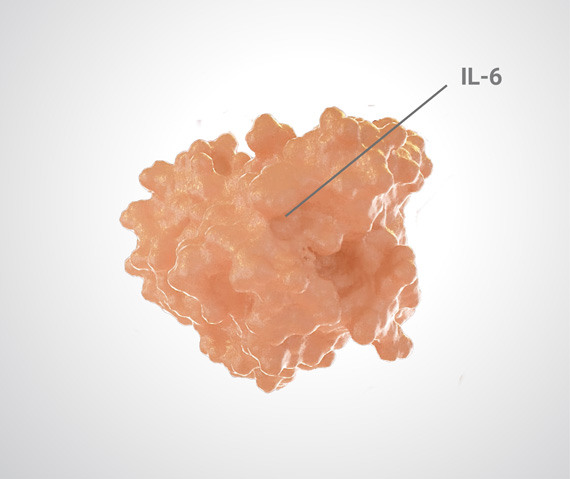Diagnosing a disease that mimics many other conditions
The symptoms of
Let’s start by helping you understand iMCD, its subtypes, how it differs from other conditions, and how it affects people regardless of their age, gender, or race.
iMCD can mimic over 15 conditions


I had so many symptoms that my doctor said are common with other diseases, including cancer. But he said that I didn’t have cancer, I had iMCD, which is rare but treatable.
– Yankee, iMCD patient
iMCD is a subtype of Castleman disease
Castleman disease (CD) is a rare condition that affects the immune
system and is characterized by multiple swollen
There are 2 main types of Castleman disease:
Unicentric Castleman disease (UCD)
UCD involves a single group of lymph nodes and can be treated by surgically removing the swollen lymph nodes.
Multicentric Castleman disease (MCD)
MCD affects multiple groups of lymph nodes and can be treated with the help of a targeted therapy.
There are two subtypes of MCD:
Human herpesvirus-8 (
iMCD:
Facts about iMCD
- iMCD is estimated to be the most common form of CD, affecting approximately 60% of patients
- 1000 to 1100 patients in the United States are diagnosed with new cases of iMCD every year
- iMCD can affect a person regardless of their age, gender, or race

Interleukin-6 may be elevated during iMCD flare-ups
iMCD is linked to an elevation of one cytokine called
It is believed that IL-6 is a common disease driver and may be associated with the intensity of symptoms of iMCD.